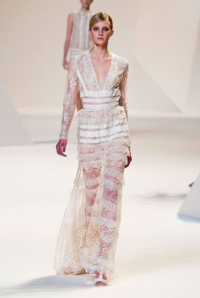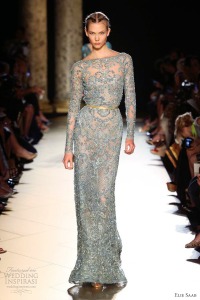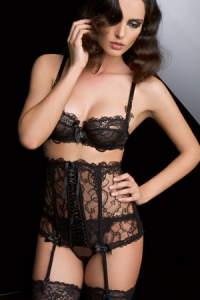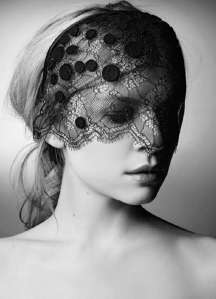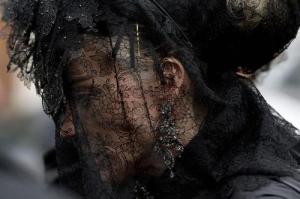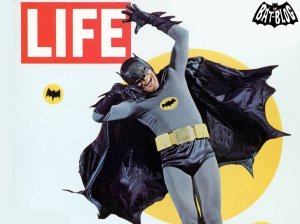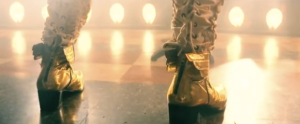It is the case with many artefacts that context creates meaning. A urinal in a bathroom is a utilitarian object, but displayed in a gallery and re-titled it ‘the fountain’, it becomes art. Lace is similarly affected by context. Even colour, which can have such fixed meanings in fashion, can be read differently in lace garments. Traditional colour meanings are over-ruled by context. White lace can be virginal in a bridal veil, but trashy in a peep-hole teddy. Lace has surprisingly little inherent meaning, as it varies so much depending on when, where and how it is used. In an Ann Summers lace body, lace is risqué; in Valentino’s S/S 2013 Couture collection, it is demure.
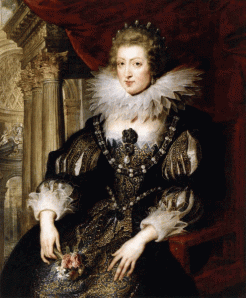
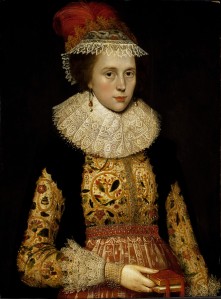
Two properties have given lace its special status. Firstly, its complexity makes it difficult to manufacture. Historically, it was made by hand, using a laborious process that required time and skill. This made such an extravagance that for many centuries it was a privilege of the aristocracy. In the Baroque era, lace was so prized that it was worn in equivalent contexts to gold and jewels. Cuffs and collars of lace were as much signifiers of wealth as bracelets and necklaces. It is this history that Valentino or Ellie Saab have in mind when they send a model down the catwalk draped head-to-toe in fine lace and tulle.
Lace’s second distinct feature is its ability to conceal and reveal simultaneously. Lace is an ‘openwork’ fabric, meaning that it features open spaces. Through these spaces are revealed whatever is underneath: sometimes another layer of fabric; sometimes bare flesh. Lace is able to cover the entire body, while simultaneously revealing everything. This intermediate state between clothedness and nakedness is, argues Mario Perniola, more erotic than nudity. Any garment that suggests the “transit” from dressed to undressed is the clothing equivalent to a striptease [1]. It anticipates nudity, offering an illicit peek at the bounty hidden beneath.
By concealing and revealing in equal parts, lace is much like a glass half-full or half-empty. It down to the user to select his or her interpretation. The designer or the wearer can use lace for modest or immodest purposes. We may consider lace to be erotic in a bra and thong, but an identical lace can appear modest in a funeral veil. Here, the distinction is made between concealing and revealing the body. Lace lingerie covers parts of the body that are normally hidden: its purpose is to reveal. By contrast, a lace veil covers a part of the body that is normally on show: its purpose is to conceal.
[1] Perniola, Mario (1989) ‘Between Clothing and Nudity’, as cited in Barcan, Ruth (2009) Nudity: A Cultural Anatomy, http://www.scribd.com/doc/13378257/Nudity-a-Cultural-Anatomy-Ruth-Barcan (visited 03/02/2011)
Images:
Black dress, Valentino S/S 2013: http://www.fashionologie.com/Valentino-Spring-2013-Runway-25260486?page=0%2C0%2C60#60
White dress, Ellie Saab, S/S 2013: http://www.vogue.co.uk/fashion/spring-summer-2013/couture/elie-saab
Portrait of Anne of Austria (c. 1625): http://passionatescribbles.blogspot.co.uk/2011/08/going-baroque.html
Portrait of Margaret Layton by Marcus Gheeraerts the Younger (c.1620):http://thepragmaticcostumer.wordpress.com/tag/baroque/
Funeral veil: http://magdaleena.tumblr.com/post/418150243/daphne-guinness-alexander-mcqueens-funeral and http://www.tumblr.com/tagged/black%20veil?before=67
Maison Michel lace headpieces: http://misspennydreadful.blogspot.co.uk/2011/07/maison-michel-headpieces-for-next.html
Anne Summers lace teddy: http://www.littlewoods.com/ann-summers-marydoll-plunge-lace-body—black/1111614818.prd
Lise Charmel black lace lingerie ensemble: http://blog.miodestino.com/designer-lingerie/lingerie-review-lise-charmel-soir-de-venise-collection/
